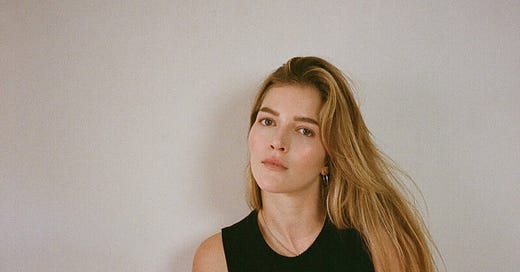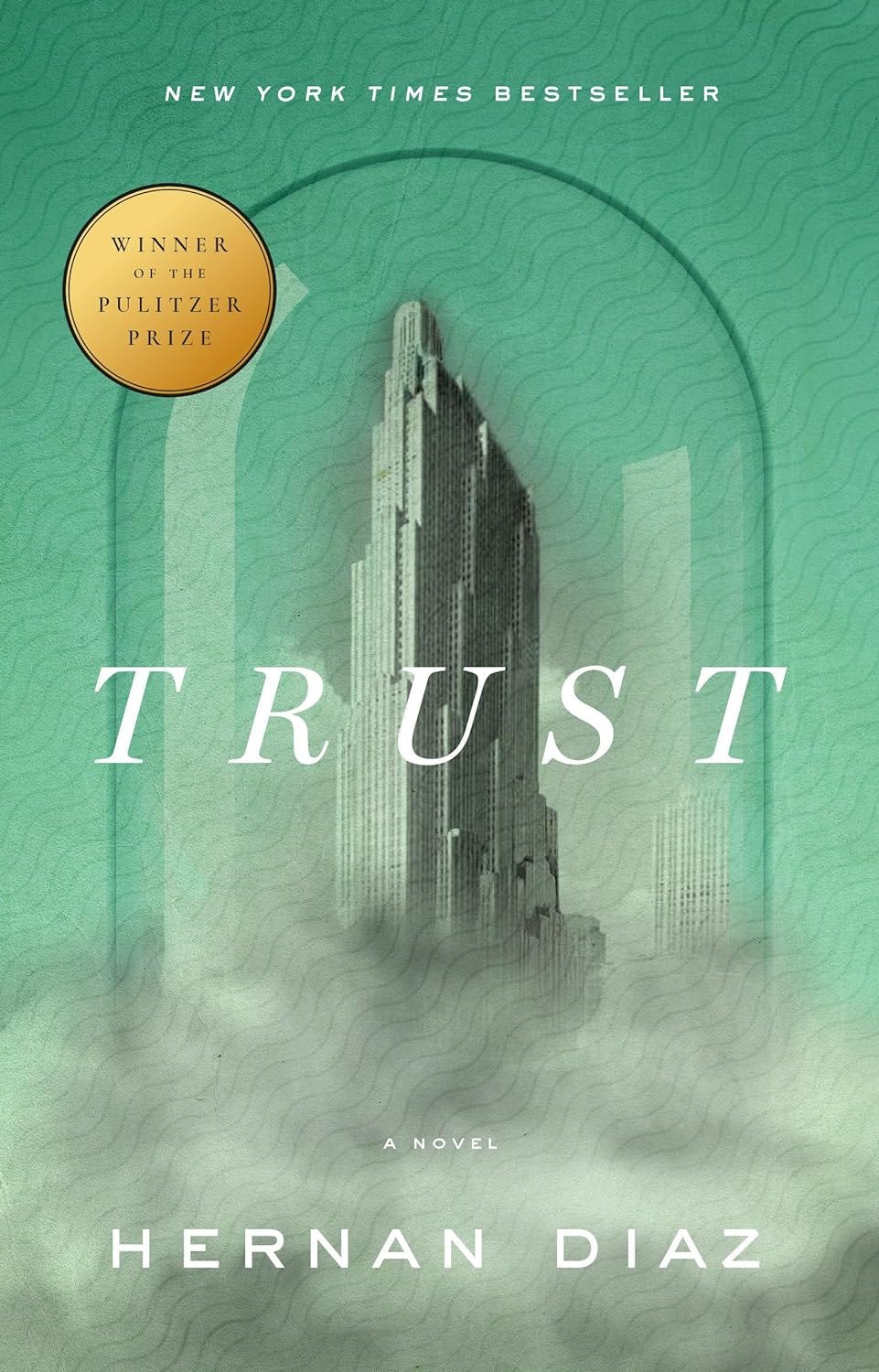Lately, I’ve been feeling a bit boxed in by my “nutrition” niche. Yes, I’m a dietitian by training, and yes, that’s where I’m most qualified to offer insights.
But honestly? I’ve been feeling uninspired to keep contributing to the constant noise in the wellness space. Maybe it’s just me, but information often feels flat without context—without a real connection to the person behind it.
Or maybe that’s just my way of justifying the shift I’ve been wanting to make: writing more about my other interests—travel, beauty, books, art, relationships, existential musings…
Because the truth is, wellness and nutrition don’t exist in a vacuum. While clients come to me for nutrition counseling, our conversations often extend into their broader lives—their passions, goals, values, and what’s generally on their mind. These go far beyond food and body, yet are deeply connected to them, too.
It’s also—selfishly—a chance for me to feel a bit freer in what I write about. I know topics like health, food, body image, and wellness will still naturally find their way into my content, but hopefully in a more fluid and integrated way.
Some thoughts that have been living rent-free in my brain (nutrition and otherwise):
Bethenny Frankel, what are you doing??! I thought only fashion trends were cyclical. But lately, I’ve been seeing a lot of retro diet advice making a comeback — like using two slices of tomato as sandwich bread. (Cue eye roll.) Back in 2005, this would’ve popped up in Us Weekly alongside a bikini pic of Frankel from the Sports Illustrated catwalk, with cut-out images of cottage cheese and Magic Pop floating next to her head, and a bright pink “supermodel snacks” caption slapped across the page. I work with a few people who were teenagers during the height of the low-carb and low-fat crazes, and now they’re having to unlearn all that diet advice that ultimately led them down a disordered path.. Those who don’t know history are doomed to repeat it — so consider this my little pop culture history lesson.
Therapy is the best money I’ve ever spent, but I still struggle to spend it. The irony is that I do similar work — I provide counseling for body and food-related issues, for a fee. And I can say firsthand that regular counseling can change lives for the better. I didn’t start therapy until my 30s, and I wish I had gone sooner. I would recommend it to anyone and everyone. So why is it easier for me to drop $$ on a manicure than on life-changing sessions with a PhD-level psychologist? The answer probably lies in social norms (or rather, social stigma), how I was raised, and what culture values (material > immaterial).
Another summer, another season of overpriced designer flip-flops that make your feet bleed. Enter: The Row dupes (with arch support). Overheard in New York — one fashionista complimenting another on her flip-flops. The latter casually reveals they’re orthopedic. And that a model she worked with once told her the Olsens used them as the prototype for their infamous $1000 flip flops. The skin between your big toe and second toe will get chafed either way, might as well save the $950.
Creatine is one of those supplements that has actually been shown to improve athletic performance and increase muscle mass. And yet, I have zero desire to take it. I eat red meat here and there, and I eat fish and chicken every week — which, combined, should get me to that recommended 1-2 grams. But like I always ask my clients: what’s your why? Personally, I’m fine passing on the extra 1-2 pounds of muscle if it means I get to take one less daily supplement.
I’ve been on a reading rampage lately. In no particular order, my recent favorites:
All Fours by Miranda July — The “what if I followed every impulse or thought I had and see where it takes me” kind of journey.
Capote’s Women by Laurence Leamer — Feels like reading an elevated gossip column. Plus you get to learn about some of the history of the times through the lives of the chicest women of the time.
Trust by Hernan Diaz — The writing was so good, it almost distracted me from the story. I kept thinking, how is it even possible to create something this intricate, smart, and engaging?
Hello Beautiful by Ann Napolitano — Beach read!
A life update:
I’ve started doing some fit modeling as a side-gig to my nutrition work. Fit modeling is basically being a living mannequin that sometimes gets to talk.
Clothing brands hire fit models to try on samples during the design process to make sure the fit, cut, and overall feel of the garment works on a real body, not just on paper. It’s super detail-oriented — they’re checking everything from how the fabric moves to whether the waistband sits exactly where it should. The goal is to catch any weird fit issues before the clothes go into full production.
I’ve hesitated to share this because there’s a stigma around having more than one job. But honestly, it’s allowed me to keep my daily client load at a level where I can stay present and fully engaged. I fill in some extra hours — usually in the middle of the day when most people can’t do counseling sessions because of work — with fittings.
I’m a big believer in having different hobbies, activities, and types of work. For me, it keeps things fresh and helps me stay excited about what I do. Stepping into a totally different “world” for a few hours feels like a mental reset. Plus, standing silently for hours gives me plenty of time to think through client cases I’m working on.
Going back to modeling — a few sizes bigger (and somehow just right for fit modeling) — has been a really positive and very different experience overall. More thoughts on this soon...
Let me know what you think of this more freeform style. There will definitely be tweaks along the way, but I’m already having more fun with it.
- Lydia






